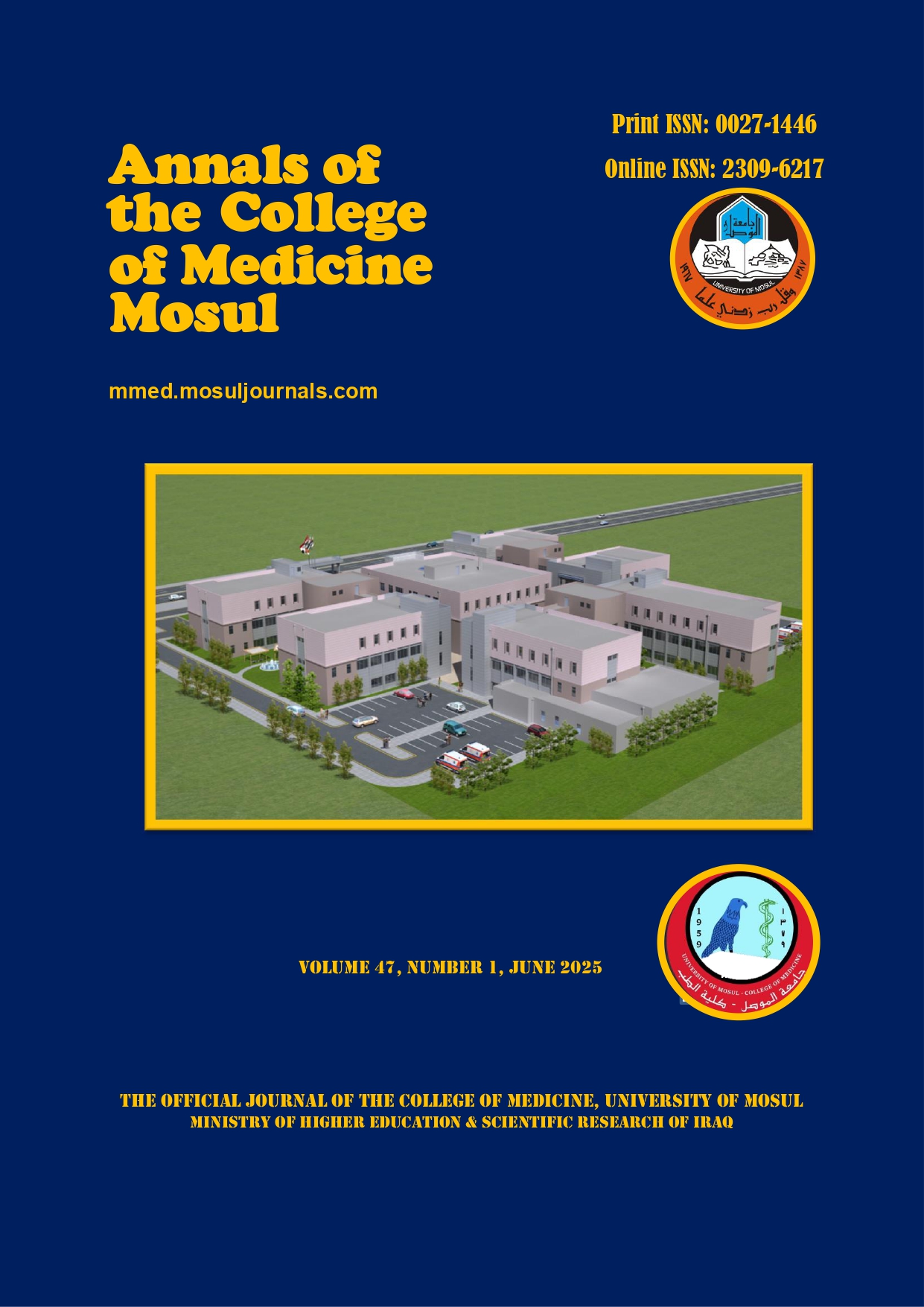Role of Interleukin-17A and Interleukin-23 as Biomarkers in Rheumatoid Arthritis Patients
Abstract
Background: Cytokines are crucial in the mechanisms underlying inflammation and articular degeneration accompanying the autoimmune disease rheumatoid arthritis. Interleukine-17 and interleukine-23 were shown to have a key function in the chronic immune process and the consequent tissue destruction in the joints of rheumatoid patients.Aims: The study goal was to quantify interleukins-17A and IL-23 concentrations in a group of newly diagnosed rheumatoid patients and to evaluate if there is a linkage between these cytokines and the activity parameters of this illness.Subjects and Methods: A study involving 250 individuals, 125 rheumatoid patients, and 125 controls was performed. The ELISA technique utilized Blood samples to estimate interleukines-17A and -23.Results: Rheumatoid cases had higher IL-17A (median= 49.7 pg/ml) and IL-23 (mean= 21.1 ng/L) concentration, P < 0.05, than controls. IL-17A was shown to be positively correlated with DAS-28 (P<0.01), -reactive protein (r= 0.036, P < 0.01), and ESR value (r = 0.021, P < 0.05). The AUC for IL-17A= 0.742, and IL-23=0.804 with P < 0.05).Conclusion: Both interleukine17-A and IL-23 possess value in the pathogenesis of rheumatoid arthritis, and it is possible to use them as biomarkers for disease diagnosis and to predict the prognosis of the disease.
